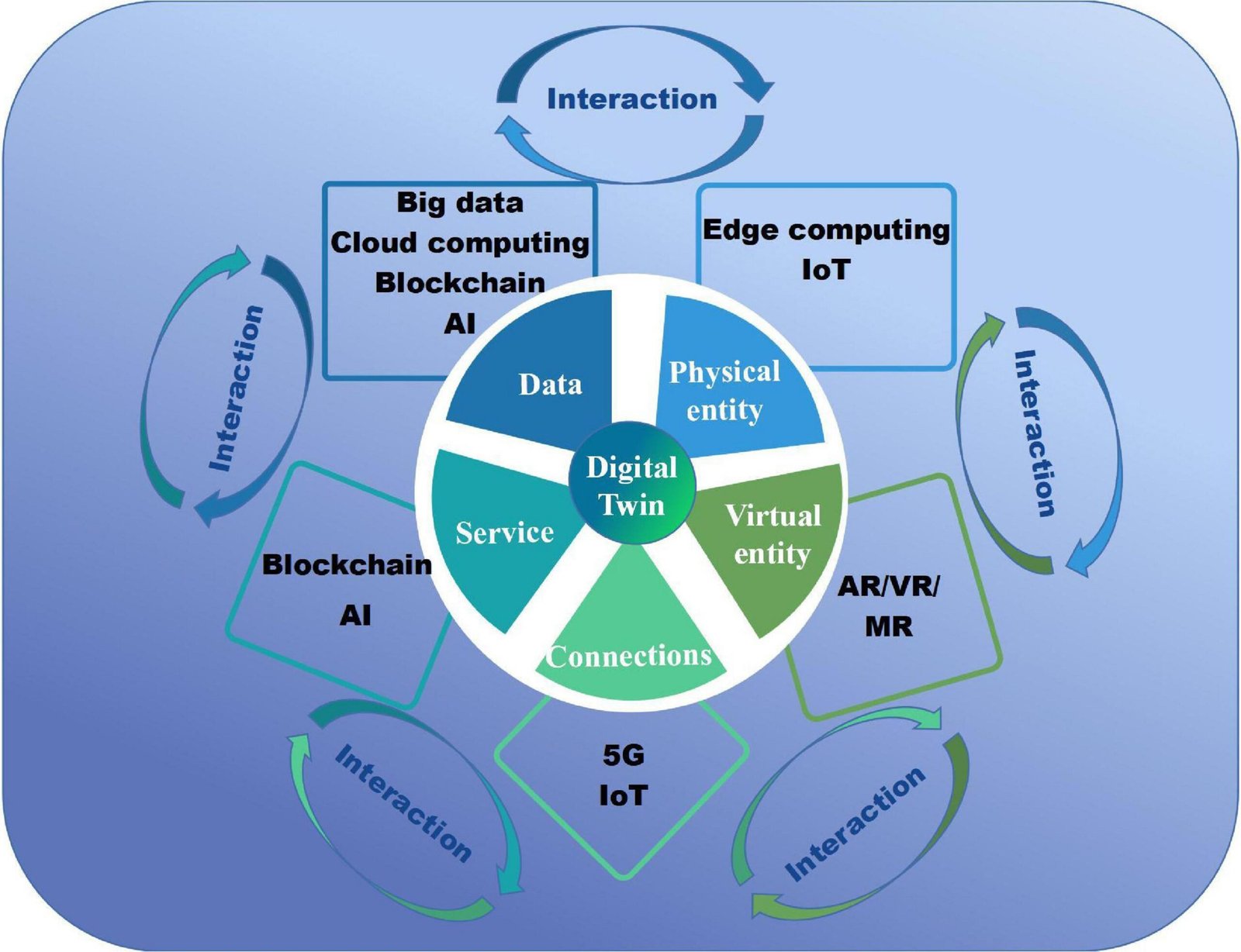In healthcare, precision and efficiency are not just goals; they are necessities. With the advancement of technology, new tools have emerged to help healthcare professionals meet these challenges head-on. One of the most groundbreaking innovations is digital twin technology. Originally developed for industries such as manufacturing, digital twins have found a vital place in healthcare, offering new ways to enhance the accuracy and efficiency of medical services.
This article delves into how digital twin technology is transforming healthcare, making treatments more precise and care management more streamlined.
What is a Digital Twin?
Imagine having a highly accurate virtual model of something from the real world. This model can be a piece of medical equipment, a human organ, or an entire health system. This is what a digital twin is a digital replica that mimics real-life processes, systems, or products. In healthcare, these twins can be used to monitor, analyze, and predict outcomes in various scenarios without ever affecting the actual physical counterpart.
Boosting Efficiency in Healthcare
Streamlining Hospital Operations: Hospitals are complex systems where efficiency can save lives. Digital twins help by creating a virtual model of hospital operations. This allows hospital administrators to test different ways of managing patient intake, treatment schedules, and even emergency responses without disrupting actual hospital activities. By seeing the results of these simulations, they can implement the most efficient practices, reducing waiting times and improving patient care.
Enhancing Equipment Management: Medical equipment is expensive and needs to be used efficiently. Digital twins can simulate the usage and maintenance of medical devices, helping hospitals optimize their use and extend their life. This ensures that equipment is available when needed and is in good working condition, thereby minimizing downtime and improving patient care delivery.
Training and Education: Training healthcare professionals is critical but can also be resource-intensive. Digital twins offer a solution by allowing medical staff to practice procedures on virtual models of human organs or even the human body. This not only enhances the learning experience but also reduces the risks associated with training on real patients.
Increasing Accuracy in Medical Care
Personalized Medicine: One of the most significant advantages of digital twins in healthcare is the ability to create personalized treatment plans. By constructing a digital twin of a patient’s organ (like the heart or lungs), doctors can simulate how it will react to different treatments. This precise modeling helps in crafting treatment plans that are tailor-made for individual patients, increasing the likelihood of success and reducing potential side effects.
Predictive Analytics: Digital twins enable predictive analytics, which can forecast potential health issues before they become severe. For example, by monitoring a digital twin of a patient’s heart, doctors can detect early signs of potential failures or complications. Early detection allows for prompt intervention, which can be life-saving.
Surgical Precision and Planning: Surgeries can be risky and require high precision. Surgeons can use digital twins to plan and simulate surgeries before actually performing them. This preparation allows surgeons to anticipate potential challenges and refine their surgical plans, thus increasing the likelihood of a successful outcome.
Challenges and Future Prospects
While the benefits are significant, digital twin technology in healthcare also faces challenges. These include high costs, the need for extensive data to create accurate models, and concerns about privacy and data security. However, as technology advances and becomes more integrated into healthcare systems, these challenges are likely to diminish.
Conclusion
Digital twin technology is a game-changer in the healthcare industry. It not only enhances operational efficiency and equipment management but also significantly improves the accuracy of medical treatments and interventions. As this technology continues to evolve, its integration into healthcare systems around the world promises to enhance the quality of care and patient outcomes, paving the way for a future where medical care is more personalized, predictive, and precise.
With ongoing advancements and wider adoption, digital twin technology holds the potential to transform healthcare in unprecedented ways.
